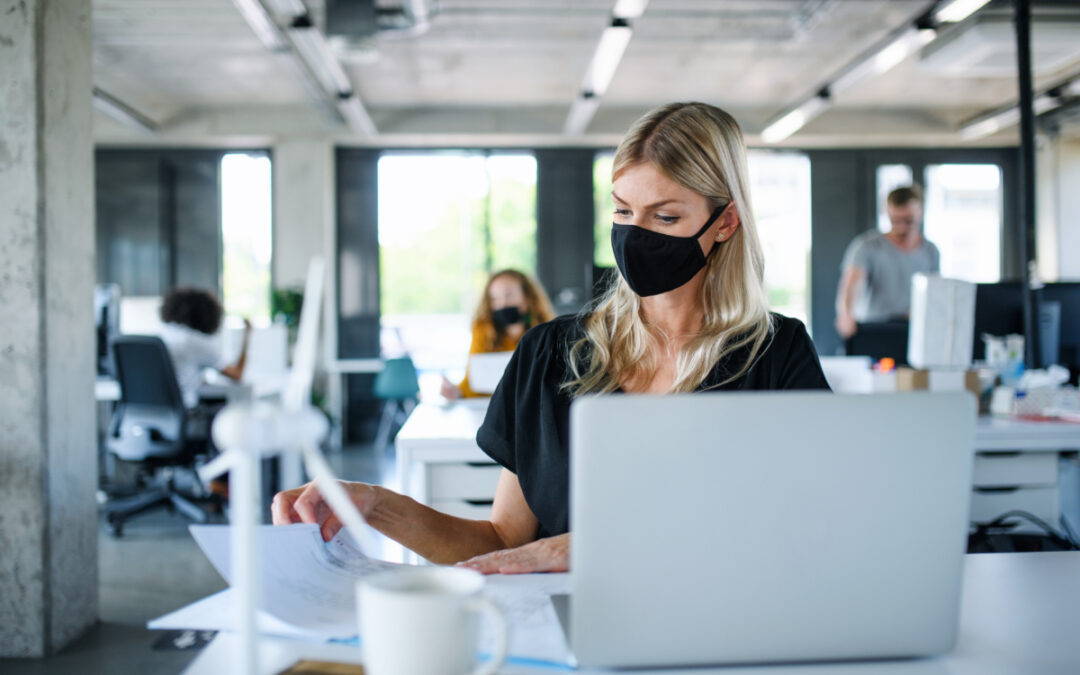At the height of the pandemic, it was hard to imagine crowded restaurants or sidewalks, let alone bustling offices. But now the vaccine rollout has resulted in a return to “normalcy.” While working from home may continue to be an option for some people, a slow and steady return to the office will be the right move for many companies. But how should you take those first cautious steps back into the workplace?
Let’s break down the three must-haves for your return-to-work strategy.
1. Consider a phased approach.
The key here is not to overwhelm. Inviting all employees back to the office at once is almost sure to create anxiety among employees. Consider scheduling only some of your employees to return and then slowly increasing in-person commitments as needed and as is comfortable for the people in the office. This not only helps maintain social distancing protocols for the early days back, but also gives people extra time to reacclimate to the office.
You might also consider implementing a staggered approach and require certain cohorts of employees to come on different days or weeks. This approach has a few benefits. First, you can maintain physical distance in the office. Second, working in smaller teams can often lead to more intimate bonds. Facilitating social bonds is particularly important after so much time away from one another. The last benefit is that if a situation arises where you need to track a contagious outbreak, you’re limiting exposure and creating a window between groups to further disinfect the office.
2. Get creative with your office layout.
Once you’re ready to start welcoming your team back (whether all at once or staggered over time), lend a discerning eye to your physical office space. In many cases, especially if your organization is large or open-concept, the office layout that worked for your pre-pandemic workforce might not be useful for your current employees.
Make sure work spaces are spacious and physical barriers cut clear lines of where employees can/should sit, work, eat or socialize. This not only helps reduce risk and make contact tracing easier, but it makes people feel safe. It’s vitally important to have an office layout that inspires comfort and safety. Ease of mind is top of mind after such an anxiety-inducing time apart.
3. Establish clearly defined health and safety protocol.
The emphasis here is on “clearly defined.” Not only should you create robust guidelines for social distancing and mask expectation, but you should relay them very explicitly to anyone involved in the return to the office.
Workers have varying opinions about COVID-19 and they may feel comfortable with different levels of risk. Creating straightforward and clearcut rules will improve workflow by avoiding arguments on this front. This applies not only to COVID-19 prevention tactics in the office, but also what workers are expected to do if they think they may be falling ill. Be sure to consider firm rules for handling sick days as as returning to work after an illness.
Armed with these three pillars of a return-to-work plan, getting back to the office is entirely doable. One final piece of advice, however, is to be flexible. Our times are constantly changing and staying attuned to the best practices requires patience and malleability.
If you want to learn more about how Best Money Moves can bring financial wellness to your company, download our whitepapers.

